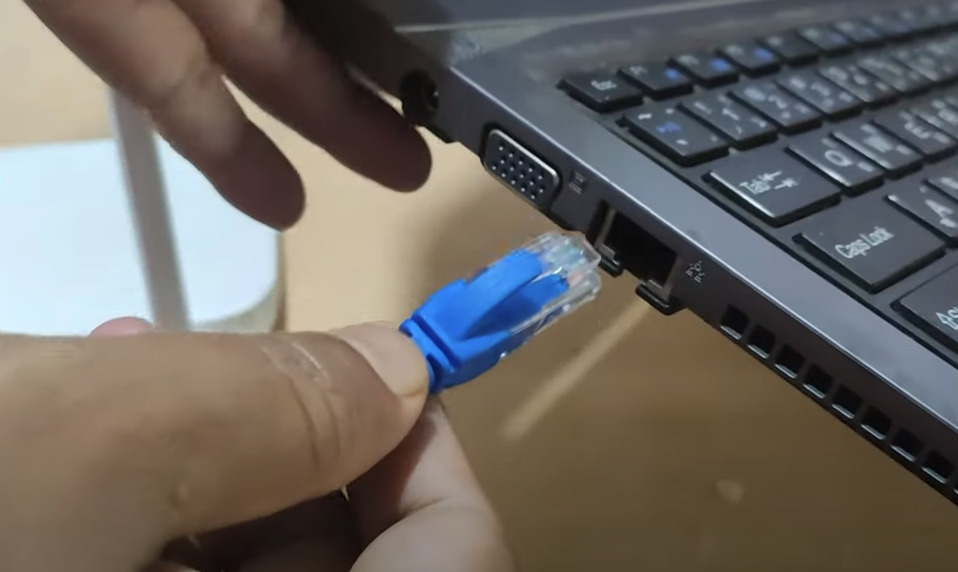Whether you want to change your Wi-Fi password, set up parental controls, or simply see who’s connected to your home network, you need to access your router’s control panel. For many internet users, especially those with providers like Verizon Fios, the gateway to these settings is an address called mynetworksettings.com.
While it looks like a regular website, it functions very differently. This guide will walk you through the entire mynetworksettings.com login process, from understanding what it is to troubleshooting common issues.
What Is mynetworksettings.com?
Before you log in, it’s crucial to understand that mynetworksettings.com is not a public website on the internet. It is a local web address that points directly to the administration software built into your home router.

A Shortcut to Your Router’s IP Address
Think of it as a user-friendly nickname. Instead of having you type in a string of numbers like 192.168.1.1 (a common router IP address), your internet provider has configured the router to respond to the much easier-to-remember name, mynetworksettings.com. It’s a direct, private link between your device and your router.
It Only Works on Your Home Network
Because it’s a local address, you can only access the mynetworksettings.com login page when your computer, phone, or tablet is connected to your home network (either through Wi-Fi or a wired Ethernet cable). You do not need an active internet connection for it to work, but you must be on the network that the router itself is creating.
Your Step-by-Step Guide to the mynetworksettings.com login
Accessing your router’s settings is a straightforward process. Follow these steps to get logged in.
Step 1: Connect to Your Home Network
Ensure the device you are using is connected to your home internet. For the most stable connection during setup, it’s often best to use a computer plugged directly into one of your router’s LAN ports with an Ethernet cable. However, connecting via Wi-Fi will also work.
Step 2: Open a Web Browser
Launch your preferred web browser (such as Chrome, Safari, Firefox, or Edge). In the top address bar where you would normally type a website name, enter http://mynetworksettings.com and press Enter.
Step 3: Enter Your Admin Password
You will be directed to a login screen. This page requires a specific password to proceed. This is not your Wi-Fi password. Look for a sticker on the back or bottom of your router. It will list the “Admin Password” or “Administrator Password.” Type this password into the field carefully and click “Log In.”
Common Tasks After Your mynetworksettings.com login
Once you are successfully logged in, you have access to your network’s control center. Here are a few common things you can do:
- Change Your Wi-Fi Name (SSID) and Password: This is the most popular reason for logging in. You can find this option under a “Wi-Fi” or “Wireless” menu.
- Set Up a Guest Network: Create a separate network for visitors to use. This keeps your main network secure, as guests won’t have access to your primary password or other connected devices.
- View Connected Devices: See a list of all computers, phones, smart TVs, and other gadgets currently using your network. This is a great way to spot any unauthorized users.
Troubleshooting Common mynetworksettings.com login Issues
Run into a problem? Here are the solutions to the most common login issues.
Problem: The Page Won’t Load
If you type in the address and get a “This site can’t be reached” error, try these fixes:
- Check your connection: Make sure you are connected to your specific home Wi-Fi network.
- Use the IP address: Try typing http://192.168.1.1 into the address bar instead.
- Reboot your router: Unplug your router from power, wait 30 seconds, and plug it back in. Give it a few minutes to fully restart before trying again.
Problem: The Password Doesn’t Work
- Use the right password: Double-check that you are using the “Admin Password” printed on the router’s sticker, not the Wi-Fi password you use to connect your devices.
- Factory Reset (Last Resort): If the password has been changed and forgotten, you can perform a factory reset by pressing and holding the small, recessed “Reset” button on the back of the router for about 15 seconds. Warning: This will erase all your custom settings (including your Wi-Fi name and password) and restore the router to its out-of-the-box defaults.
Problem: “Your Connection Is Not Private” Error
Modern browsers may show this security warning. Because the mynetworksettings.com login is a local page and not a public website with a formal SSL certificate, browsers flag it. This is normal. To proceed, click the “Advanced” button and then select “Proceed to mynetworksettings.com (unsafe).”
By understanding how the mynetworksettings.com login works, you can confidently manage your home network, enhance its security, and ensure it’s working exactly the way you want it to.


